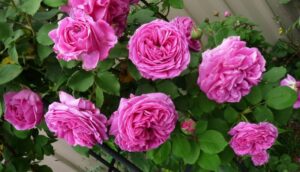This guide will explore the lifecycle of hostas, providing a comprehensive overview of how and when to expect these gorgeous plants to reappear each growing season.
A Quick Introduction to Hostas
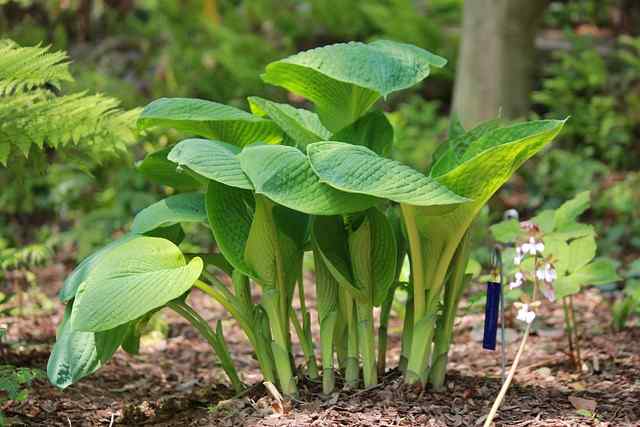
Before we dive into the specifics of when hostas come back, let’s take a moment to appreciate what makes them so special. Native to East Asia, particularly Japan and Korea, hostas were introduced to Europe and North America in the late 18th century. Their broad range of colors, textures, and sizes makes them a favorite among gardeners. Ranging from small, compact varieties like ‘Mouse Ears’ to colossal types like ‘Empress Wu,’ hostas are versatile plants that can complement various landscaping styles.
Decoding the Dormancy Cycle
To understand when hostas return, it’s crucial to grasp their growth cycle. Hostas are perennials, which means they have a lifecycle that spans across multiple years. They typically enter a state of dormancy during the colder months. This dormancy is a natural and essential part of their growth.
In late fall, as temperatures drop, hostas begin to hibernate. Their leaves die back and wither, but the underground rhizomes remain alive. This dormancy phase ensures that hostas survive winter’s harsh conditions, utilizing stored energy to emerge strong and healthy in the spring. The duration of dormancy varies depending on your geographical location and local climate.
When Do Hostas Begin to Emerge?
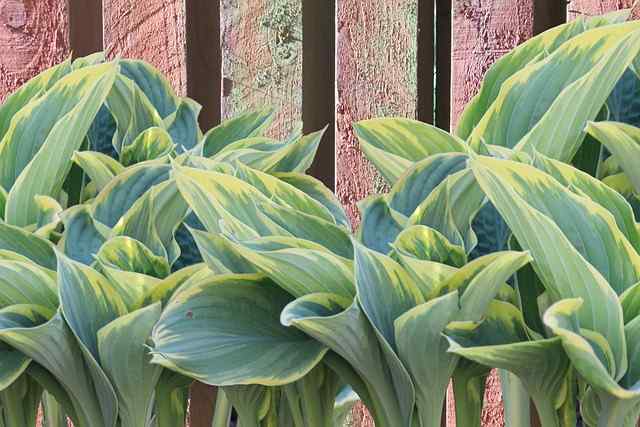
The big question everyone wants to know: when can you expect your hostas to come back? Generally, hostas begin to emerge from dormancy in the spring, specifically from March to May, depending on your climate zone.
USDA Hardiness Zones: The timing of hosta emergence is largely influenced by the USDA hardiness zone you are in. Warmer areas (Zones 7-10) may see hostas break dormancy as early as mid-March, whereas colder zones (Zones 3-6) typically won’t see any activity until April or even May.
Soil Temperature: Another critical factor influencing the emergence is soil temperature. Hostas thrive when soil temperatures consistently reach around 50°F (10°C). In cooler regions, you may need to warm the soil through methods like cloches or black plastic coverings to encourage earlier growth.
The First Signs of Life
Once the soil warms up, it won’t be long before you’ll spot the first signs of your hostas peeking through the earth. These initial shoots often emerge as tightly rolled spirals. Patience is key during this phase. If your hostas are a few inches above ground by mid-April, they’re doing well! But keep in mind, if you live in an area with late frosts, those tender shoots can be susceptible to frost damage.
Factors Influencing Emergence Timing
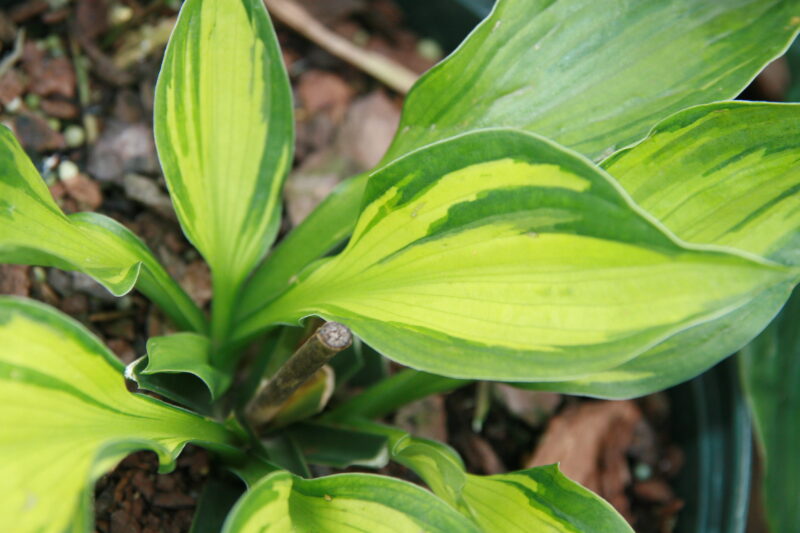
While the general timeframe for hostas to reappear is helpful, several factors can influence the timing of their emergence. Let’s explore a few of them:
Microclimate Conditions: Your garden’s specific microclimate can significantly affect how quickly hostas emerge. Areas shielded from wind, or on the southern side of buildings, often warm up faster than others.
Mulching Practices: If you’ve mulched your garden beds, this can act as insulation and may prevent the soil from warming up as quickly, potentially delaying emergence.
Hosta Variety: Some varieties are more vigorous than others and may break dormancy earlier. For example, large-leaf varieties might take a bit longer to emerge compared to smaller types.
Adjusting the Garden for Early Growth
As the growing season approaches, it’s essential to assess your gardening practices to support the healthy development of your hostas. Here are some effective strategies:
Clear Debris: Remove any fallen leaves or debris from last season to allow sunlight to reach the soil. This helps warm up the ground faster, encouraging earlier growth.
Supplying Nutrients: Preemptively nourishing the soil can set your plants up to thrive as they emerge. Consider a balanced granular fertilizer or well-Balanced organic compost.
Water Management: Once hostas begin to show themselves, ensure the soil stays consistently moist but not waterlogged, as early watering can help them thrive.
Caring for Hostas Upon Their Return
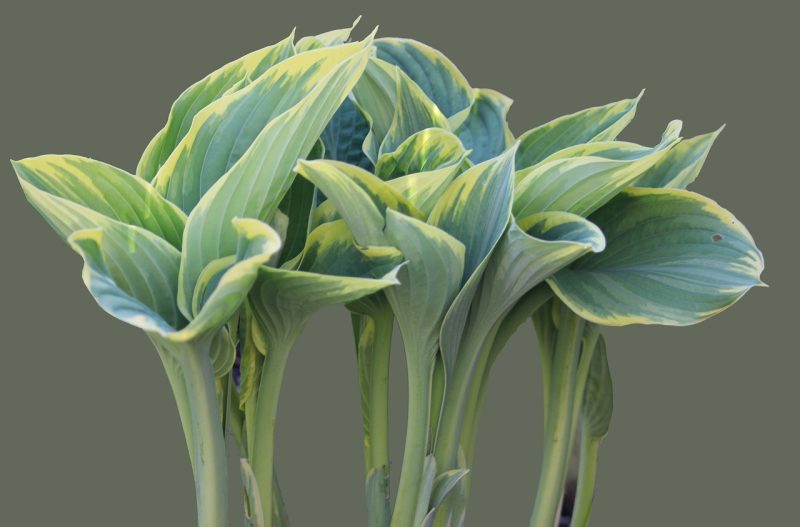
Once they’ve emerged, hostas require a bit of tender care to ensure they flourish. Here are some essential tips to keep in mind:
Observation: Keep an eye on weather conditions. If a late frost is predicted, cover the young shoots with a fabric or mulch to prevent frost damage.
Watering: While hostas are quite hardy, ensuring consistent moisture will minimize stress and promote lush foliage. However, be careful not to overwater, which can lead to root rot.
Fertilization: Hostas benefit from the application of a balanced fertilizer in early spring as they wake up from dormancy. Avoid high nitrogen formulas, as they can encourage leaf growth at the expense of root development.
Common Issues to Look Out For
As hostas awaken, be vigilant about potential issues:
Pests: Slugs and snails are notorious for feasting on young leaves. Setting up barriers or using organic control methods can help mitigate these pests.
Bacterial and Fungal Issues: Wet conditions can lead to various diseases. Ensure good air circulation and avoid overhead watering to minimize disease risks.
Weeds: Young hostas can easily be outcompeted by aggressive weeds. Maintain a weeding routine, especially in the early weeks as your plants establish themselves.
Transitioning to Summer
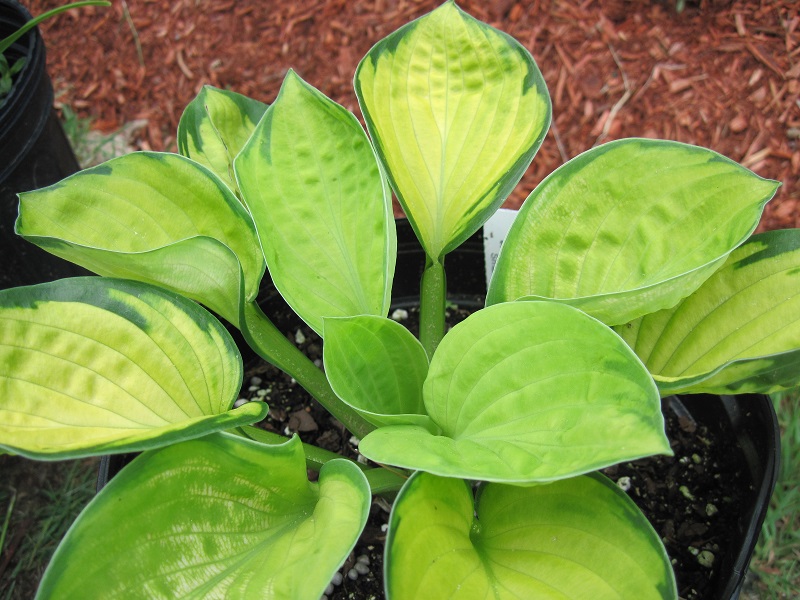
As hostas finish their early growth phase, transitioning into the summer months brings about an exciting period of vigor and fullness. You’ll notice the old foliage begins to flourish into lush, colorful leaves.
Growth Patterns and Seasonal Maintenance
Water Requirements: As temperatures rise, hostas might require more frequent watering. Be diligent, particularly during dry spells. Deep watering once a week is often effective.
Fertilizing Again: Mid-summer is also an excellent time to apply another dose of balanced fertilizer to keep those leaves vibrant and healthy.
Dividing Hostas: If your hostas have grown large, this can be an ideal time to divide them, promoting healthy growth and increasing the number of plants in your garden.
The Autumn Transition: What to Expect

As summer fades into autumn, hostas start to prepare for their dormant phase once again. Leaves may turn yellow and crispy, signaling that it’s nearing the end of their lifecycle for the year.
Preparing for Dormancy
Watering Adjustment: Gradually reduce watering as the temperature drops. This signals your hostas that it’s time to prepare for sleep.
Leaf Cleanup: It’s a good idea to clean up fallen leaves. Not only does this prevent pests and diseases, but it also prepares the garden for the next spring.
Final Fertilizer: In mid to late fall, you can apply a final layer of organic mulch. It acts as insulation and will help protect the rhizomes during winter months.
Celebrating the Hostas in Your Garden
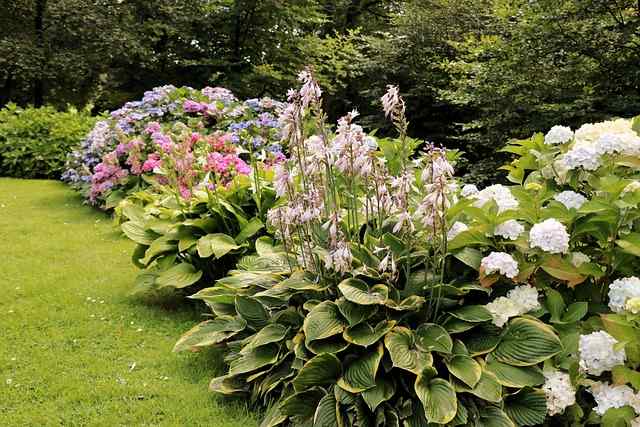
Now that you understand when hostas return and how to care for them properly during their growing season, you can appreciate the diversity and beauty they bring to your landscape. Hostas are not merely plants; they embody the timeless cycles of growth, dormancy, and renewal.
Share the Beauty
As you nurture your hostas, consider sharing your gardening journey with friends, family, and even your community. Hostas make fantastic gifts; their ease of care and beauty can brighten anyone’s garden.
You can also document their growth with photographs throughout their lifecycle, celebrating the distinct beauty they bring at every stage. Share these moments on social media or gardening forums, inviting others into the world of hostas.
Connecting with Fellow Hosta Lovers
You might also find it enriching to connect with local gardening clubs or online communities dedicated to hosta enthusiasts. Exchanges of tips, varieties, and experiences can deepen your appreciation and grow your knowledge.
Conclusion: Welcome Back, Hostas!
As spring approaches, you can eagerly anticipate the return of your beloved hostas. Through understanding their growing cycles and providing proper care, you’ll enjoy vibrant greenery and foliage in your garden year after year. By learning what to expect during their return, making adjustments to your gardening techniques will maximize their health and beauty.




